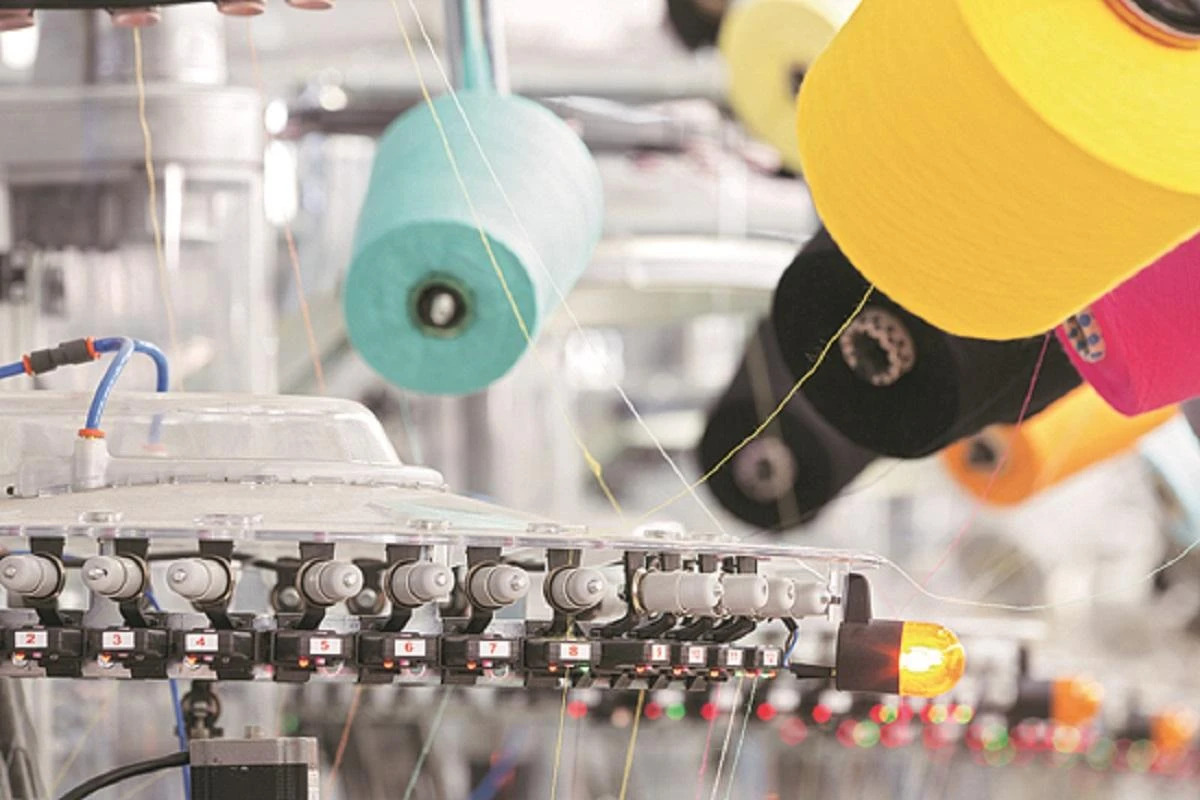Sri Lanka’s exports fell 2.5 per cent in January but industrial exports rose led by apparel and rubber, while imports continued to fall. Apparel exports rose 13 per cent and rubber exports rose 11 per cent. Imports were down 5.5 per cent with vehicle imports down 13 per cent.
The trade gap fell 9.1 per cent in January 2016 from a year earlier. Sri Lanka has a trade gap because the country has foreign exchange earnings beyond merchandise good exports including remittances and tourism. Imports are also driven by net foreign borrowings.
In 2015, exports fell 5.6 per cent and imports fell 2.5 per cent with remittances and inflows falling. But the country experienced a balance of payments deficit and a currency crisis as money was printed to finance the deficit and to enforce a rate cut as credit recovered. The printing of money prevented imports shrinking in line with the weakening net capital inflows.
In Sri Lanka mercantilism is ingrained and most people believe that currency troubles are not a result of monetary instability but due to the trade deficit, particularly oil or car imports. This year oil could not be blamed as oil prices collapsed. Mercantilist beliefs in Sri Lanka blame diesel in particular for inflation. Due to the prevailing mercantilism the central bank has been able to print money, generate inflation or currency collapses and get away with it, though it is getting increasingly harder.
Lankan apparel exports up 13 per cent
- 1
- 2
- 3
- 4
- 5
- 6
- 7
- 8
- 9
- 10
New EU import rules set to raise prices for Shein and Temu, boosting European re…
Europe’s fashion and textile scenario is on the verge of its most consequential structural shift in over a decade. The... Read more
Global apparel trade rebalances in 2025 as Europe rises, Asia stumbles: Wazir Ad…
As the global apparel economy enters the final quarter of 2025, trade flows across major markets reveal a sector facing... Read more
Tariffs, turbulence and tenacity, India’s textile sector finds new strength
India’s textile and apparel export sector is showing a remarkable capacity to adapt and thrive in one of the most... Read more
Profit with Purpose: Inside the 35% margin boom in upcycled fashion wholesale
The secondhand wholesale sector, once seen as the back end of fashion, is now leading a quiet revolution, one that... Read more
Inside Lululemon’s toughest year, tariffs, trend misses, and the fight to reigni…
For over a decade, Lululemon Athletica embodied everything the premium athleisure revolution stood for technical mastery, community-driven branding, and an... Read more
India's ‘Technical Textile’ sector 'Important for the World,' says Techtextil Di…
India is emerging as a global powerhouse in technical textiles, a growth recognized by the organizers of the world's leading... Read more
Anti-Dumping probe on Chinese PTY threatens to negate QCO rollback benefits
Just days after the Indian government withdrew Quality Control Orders (QCOs) on Polyester Textured Yarn (PTY) and other textile inputs... Read more
India's new ‘Labour Codes’ weave global compliance into apparel exports
The full implementation of India's four consolidated Labour Codes (The Code on Wages, The Industrial Relations Code, The Code on... Read more
Cotton’s fragile comeback, how the US-China truce is redrawing global fiber map
When Presidents Donald Trump and Xi Jinping announced a fragile peace in Busan last week, most of the attention in... Read more
Viscose freed, industry revived as India’s raw material reforms trigger a new MM…
In a policy reversal that has given some relief across India’s textile ecosystem, the Ministry of Textiles has officially rescinded... Read more












